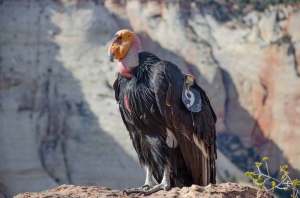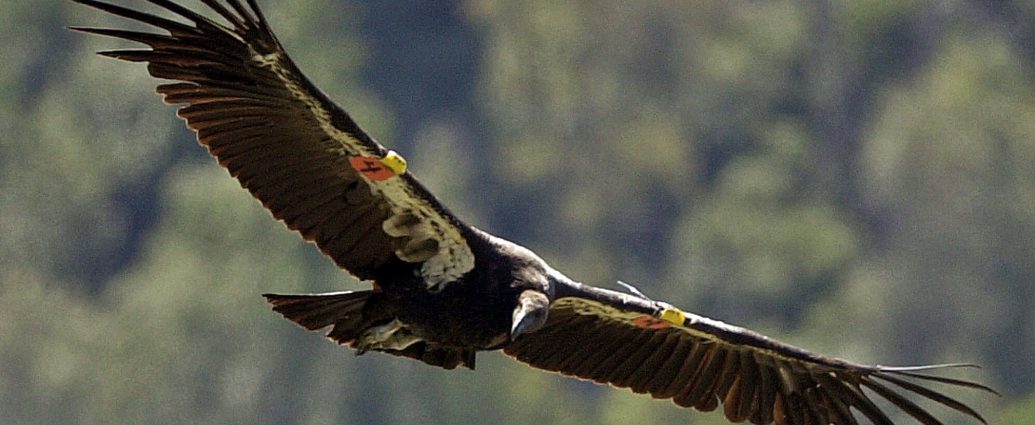The California Condor has a wingspan of more than 9 feet, weighs 20 pounds, and can glide at 55mph thousands of feet in the air. According to the California Department of Fish and Wildlife, the birds cover large distances in search of food and nest on cliffs, raising only one chick at a time. Conserving a species this dynamic is a difficult challenge, but one that has been in the works for nearly 40 years.
In 1982 there were only 22 California Condors left in the world. It was accepted by many to be a lost cause to attempt a recovery endeavor for the species. Nonetheless, the condor was on the endangered species list, and a variety of groups and agencies worked together to repopulate and protect the Condors. Recently, the 1,000th egg has been hatched since the program started, a huge win for the effort.
One of the largest reasons for a near extinction of the species was due to lead poisoning. California Condors are subject to lead via bullets from hunting when they eat animals that have been shot or lead that has traveled through the ecosystem. It was documented that a large number of Condors were dying from lead poisoning directly and indirectly. A bill was introduced in 2013 to ban lead bullets when shooting in wildlife areas to prevent this problem.
In addition, the chemical DDT was a problem for the species in the past, causing eggs to not hatch. DDT was banned in 1972 after the uncovering of its harmful effects on the environment and humans. The book “Silent Spring”, released in 1962, went into great details of the harmful effects of DDT, spurring on the environmental movement in the United States which ultimately led to this ban.

In a time where so many species are going extinct, the victories of the conservation movement should be applauded. It is easy to be negative about the effectiveness of these programs in a time where there are many negative outcomes, but the fight must continue and celebrations should be had when there are positive gains in the fight.

